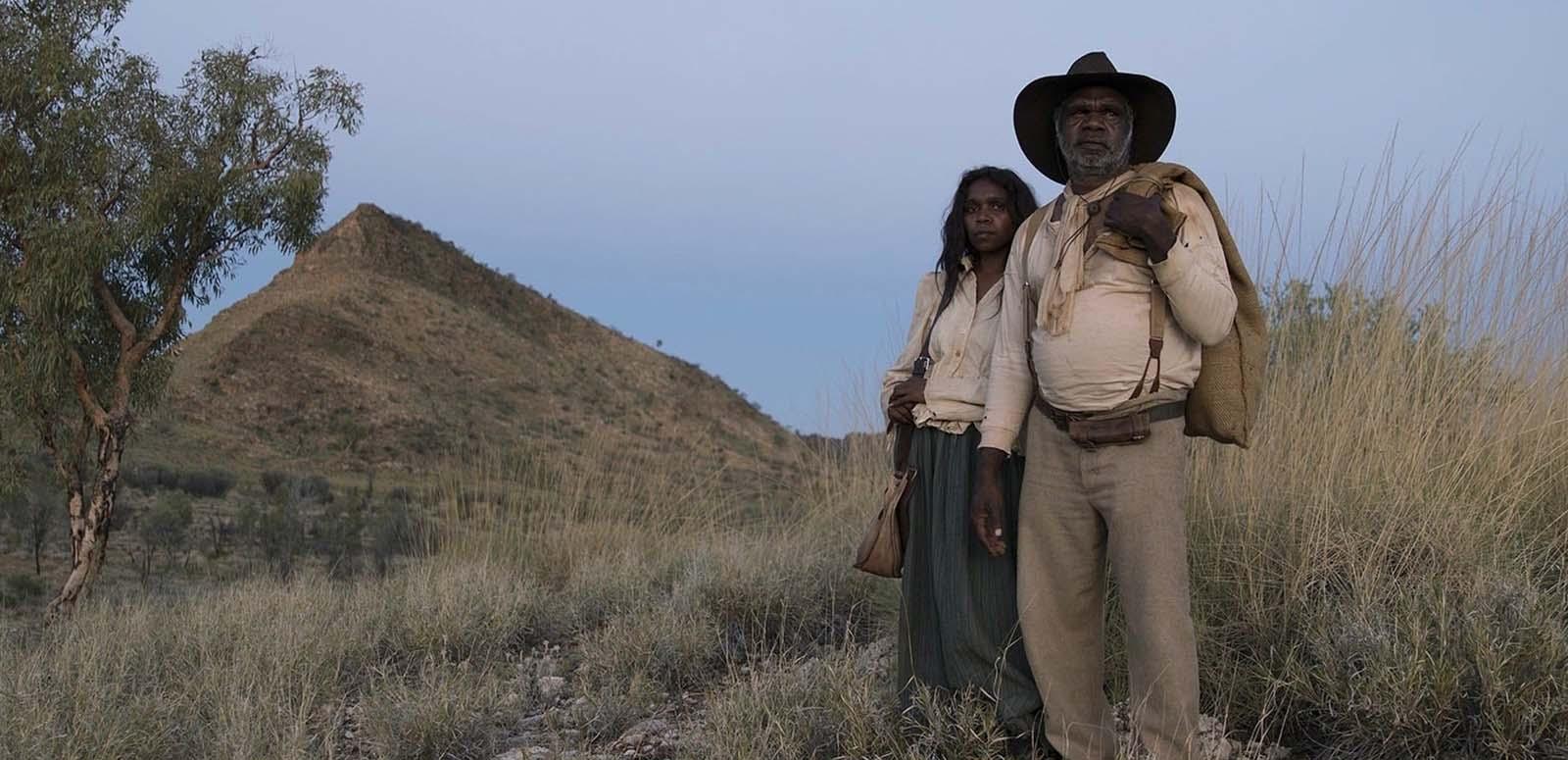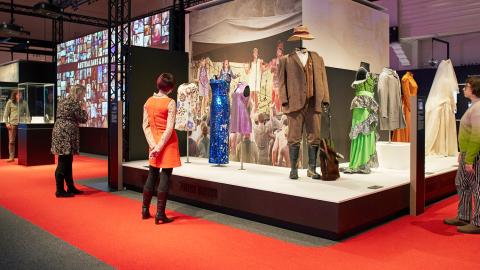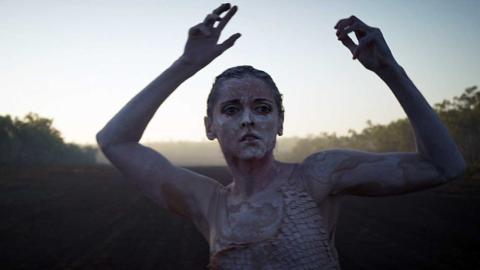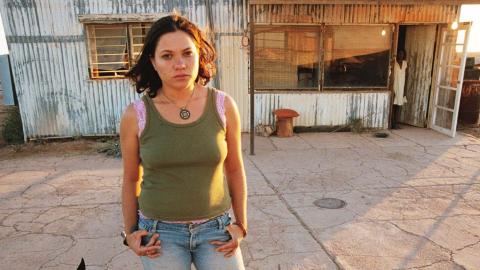Dr John Milner writes about how First Nations filmmakers and stories have evolved the Western genre in Australian cinema.
WARNING: Aboriginal and Torres Strait Islander viewers are advised that the following article may contain images and/or audio of deceased persons.




